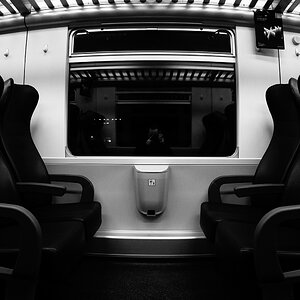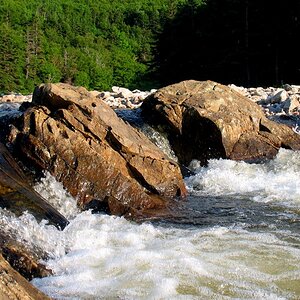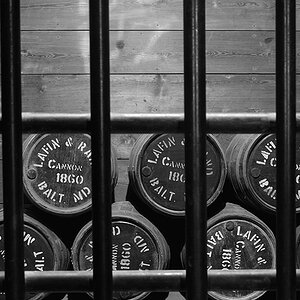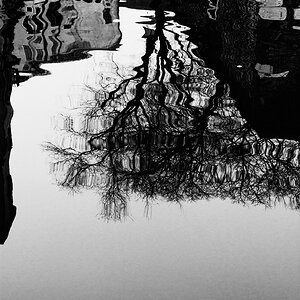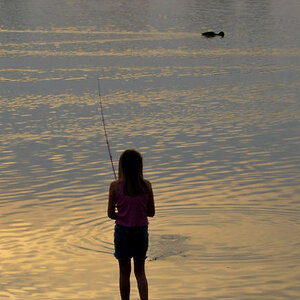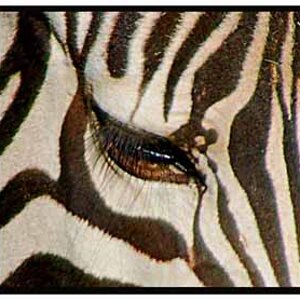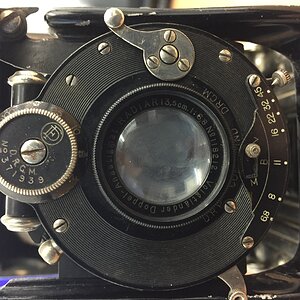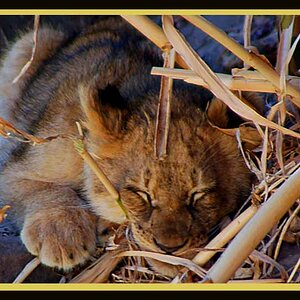Hello!
I've done numerous star photos with my Nikon D7100, but they never come out as sharp as others' photos on 500px, Flickr, instagram, etc. Idk what I'm doing wrong, but it'll be great if you all can help me !
!
I understand that I should use a wide angle lens, tripod, shoot wide open, use a remote, etc., but even after doing everything that basic tutorials tell me to do, my star photos are always extremely noisy thus making me have to over use the "Noise Reduction: Luminance" tool on Lightroom. I'm currently using a Nikon D7100 & Nikon 17-55mm f/2.8.
I know I am using a super high ISO for my star photos (about>3200), but if I don't my photos come out so dark! Here's an example of the blurry & noisy photos of mine (you can see the mountain in the first link and the foreground in the second link are obviously not sharp):
Womb (ISO 4000)
Pillars of Sagittarius (ISO 4000)
Here's some of the examples of sharp astrophotography that I'm looking to achieve with my photos (eg. Michael Shainblum & Dave Morrow). Both their star photos are SO SHARP and the foreground are so bright! I'm not too familiar with the technique, but am I suppose to "photo blend" them using photoshop in order to achieve these results?
Temple of Moonlight
A Place We Call Home - Alvord Desert, Oregon
THANK YOU !
!
--
Charles Wang
I've done numerous star photos with my Nikon D7100, but they never come out as sharp as others' photos on 500px, Flickr, instagram, etc. Idk what I'm doing wrong, but it'll be great if you all can help me
I understand that I should use a wide angle lens, tripod, shoot wide open, use a remote, etc., but even after doing everything that basic tutorials tell me to do, my star photos are always extremely noisy thus making me have to over use the "Noise Reduction: Luminance" tool on Lightroom. I'm currently using a Nikon D7100 & Nikon 17-55mm f/2.8.
I know I am using a super high ISO for my star photos (about>3200), but if I don't my photos come out so dark! Here's an example of the blurry & noisy photos of mine (you can see the mountain in the first link and the foreground in the second link are obviously not sharp):
Womb (ISO 4000)
Pillars of Sagittarius (ISO 4000)
Here's some of the examples of sharp astrophotography that I'm looking to achieve with my photos (eg. Michael Shainblum & Dave Morrow). Both their star photos are SO SHARP and the foreground are so bright! I'm not too familiar with the technique, but am I suppose to "photo blend" them using photoshop in order to achieve these results?
Temple of Moonlight
A Place We Call Home - Alvord Desert, Oregon
THANK YOU
--
Charles Wang


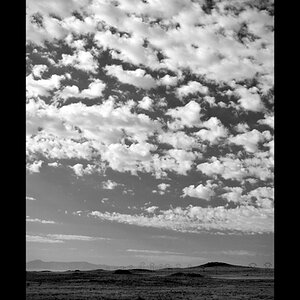
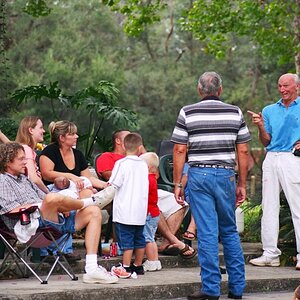
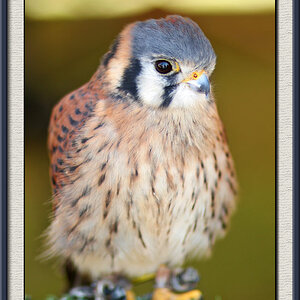
![[No title]](/data/xfmg/thumbnail/42/42066-badd1780980376f04f261f985a608adf.jpg?1619739998)
